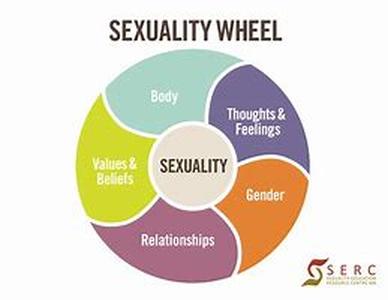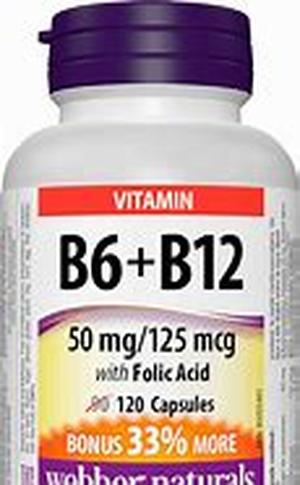
Whats More, Sewage Water When Not Treated Properly Before Disposal, Can Have Some Very Adverse Effects On The Environment. For These Reasons, Waste Water From Sewage Systems Must Go Through A Sewage Water Treatment Process.What Is Sewage Water Treatment?As Mentioned Above, Sewage Water Treatment Is A Process. But What Kind Of Process Is It? And For What Purpose? Sewage Water Treatment Is A Process By Which Contaminants Are Removed From Sewage. These Contaminants May Range From The Physical (such As Solids), Chemical And Biological Matters That Are Contained In Sewage Water.By Going Through A Sewage Water Treatment, Waste Water Is Converted Into Two Types Of Waste That Are Safe To Dispose Of And For Reuse By The Environment Wastestream (or Treated Effluent) And Solid Waste (or Sludge). Where Is Sewage Water Created?Sewage Water Is Created Almost Anywhere, Including Residences And Commercial Or Industrial Establishments. The Best Example Of A Source Of Sewage Water In A Residential Area Is A Septic Tank. Onsite Package Plants And Aerobic Treatment Systems May Also Create Sewage Water. Since Sewage Water, Especially Those That Are Produced From Industrial Processes, May Contain Highly Toxic Compounds, They Need To Be Treated. A Sewage Water Treatment System May Be Installed Near The Source Of Sewage Water Itself Or Far Away And Only Transported Through A System Of Pipes Or A Network Of Pump Stations To A Treatment Plant. How Is Sewage Water Treated?The Typical Sewage Water Treatment Process Involves Three Stages Primary, Secondary, And Tertiary Treatment. Read On For A Brief Discussion Of Each Stage Of The Sewage Water Treatment Process.Primary TreatmentThe First Stage Of The Sewage Water Treatment Concerns Itself With Removal Of Solid Waste From Sewage. These Wastes May Include Oils, Fats, Grease, Grit, Coarse Solids, And Sand. There Are Four Processes Involved At This Stage, Namely: Influx Or Influent Removal Sand And Grit Removal Screening And Maceration (also Known As Raw Sewage Pumping) SedimentationSecondary TreatmentThe Second Stage Of The Sewage Water Treatment Process Deals With Any Solids That Were Too Small To Be Removed Via The Four Processes Involved In Primary Treatment. In Addition, The Secondary Treatment Processes Are Focused On Degradation Of The Biological Content Found In Sewage. This Includes Human Waste, Food Waste, Soaps And Detergent. Tertiary TreatmentThis Is The Final Stage Of The Sewage Treatment Process And Is, Thus, More Complicated Than The First Two Stages. It Includes The Following Processes: Filtration Lagooning Constructed Wetlands Nutrient Removal Nitrogen Removal Phosphorous Removal Disinfection





